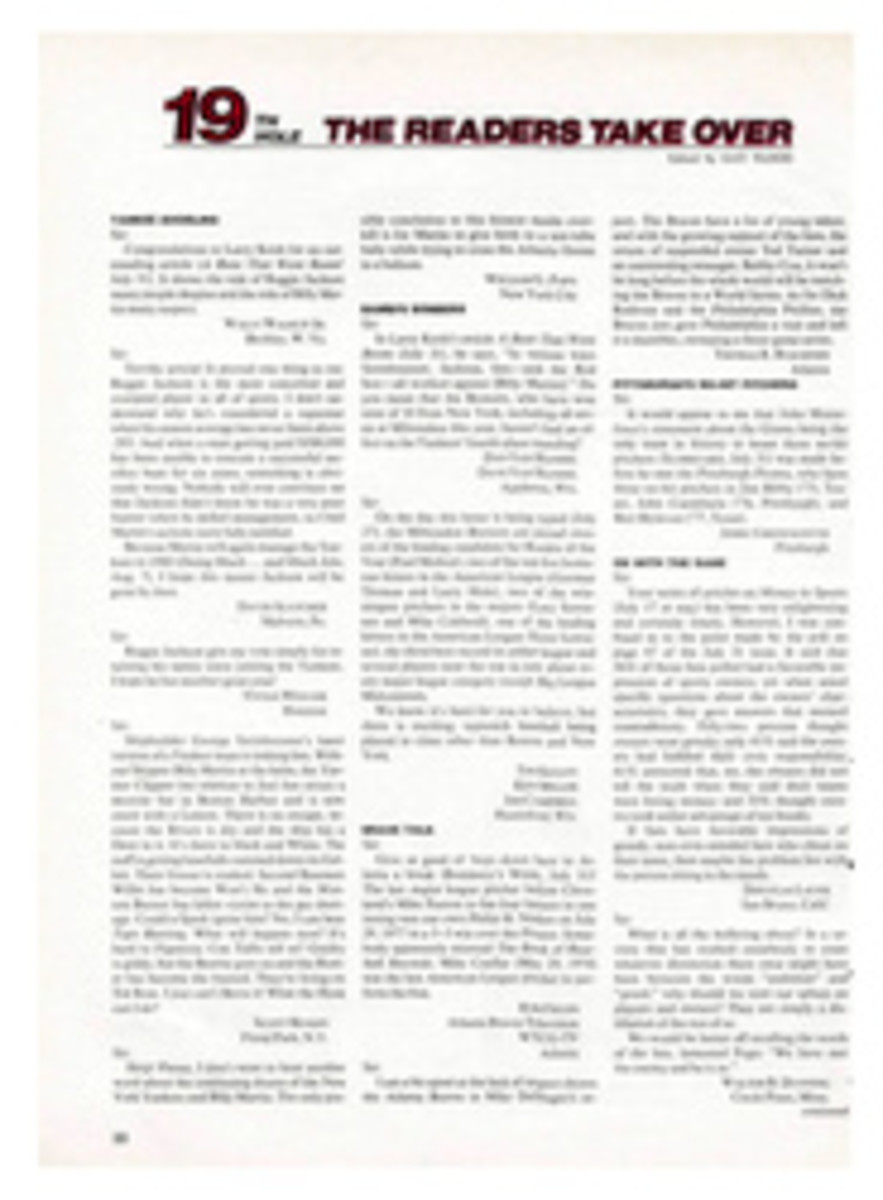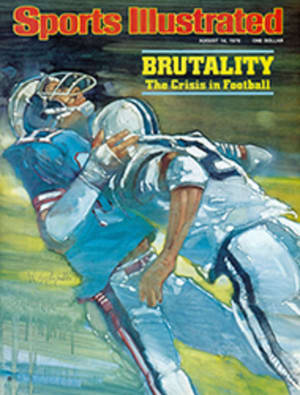
BACK IN THE '40s, SURFERS FLED WHEN 20 BOARDS CROWDED MALIBU'S WAVES
Unbelievably, within the memory of middle-aged Southern Californians there was a time when 20 surfboards at Malibu on a summer Sunday was a crowd, and some of us, disgusted with the influx of tourists from the San Fernando Valley, would leave to drive 10 miles up the coast to Paradise Cove and surf the finger reefs or the big crescent reef off the point, one bay south of Point Dume.
You could check the surf on the way up because there were few houses along the coast in the 1940s and beachside apartments and hotels were almost nonexistent. The trip took 15 or 20 minutes if you obeyed the speed limit as you went past the Malibu sheriff's station, and there were no traffic signals after Santa Monica Canyon.
Buzzy Trent, who subsequently moved to Hawaii where he became a celebrated big-wave surfer, was a kid of about 12 or 14 who surfed some but whose primary interest was following the fin swirls of Bill O'Connor, one of the best skin divers in the Santa Monica Bay area. Buzzy was too eager to soak up the diving lore that Bill so willingly imparted to give surfing more than a look.
Bob Simmons, who later was to drown in a big storm surf, was the guy from Pasadena who drove the Model A pickup with a hot V-8 engine and worked nights in a machine shop so he could surf during the day. A stringy, solitary surfer with a knack for woodworking, he repaired our boards when he felt like it. And whether he did or not depended on how good the surf was just then. The nose block used to break off the solid redwood and balsa-and-redwood boards. Simmons had a way of fooling around with a router and a piece of marine plywood so that you ended up with a plywood deck for the first two or three feet of your plank, and the nose blocks stayed glued to that. From this plywood addition originated by Simmons grew the up-curved, spoon-shaped nose that evolved just before surfing went to Styrofoam and fiber glass boards.
Simmons used to squat on the beach, eating grapes out of a paper sack and arguing about how high the surf might be in some obscure cove in Australia that nobody had ever heard of. He built himself what seemed to be a thinner, sharper-railed board every few weeks, and he would sit way out off Malibu Point waiting for the wave of the day, then come flying across the glassy face of it on an extreme angle (he seldom made a turn) and try to make it past the pier.
One of Bob's arms had been broken in a bicycle accident and he couldn't straighten it out all the way at the elbow. When he paddled he had to lean way over to get his forearm in the water. Joe Schecter, the surfing lawyer, had a soft spot in his heart for Simmons and a way of his own with the gendarmes. Bob collected tickets for no headlights, no windshield, no fenders, no muffler and had a chronic inability to read speed-limit signs, and Joe kept Bob from being stranded in the Lincoln Heights jail when the surf was up.
Schecter himself surfed with a comic movie-boxer's stance you could spot a mile off. He was a poor swimmer, and he wore a pair of trunks with an inflatable compartment sewn in around the waist and a tube to blow it up. A hefty man to begin with, Joe in his water-wing trunks presented a fascinating silhouette.
There was also an old fellow in his late 30s or early 40s we called Onshore because he stayed close to the beach and danced around on his board, making turns and riding the shore break. He was a nuisance to the rest of us surfers because when you caught a screamer off the point and were sliding a tight right, trying to make it to the pier, there would be Onshore, knocking down the wave wall ahead of you.
Now and again when the surf was giant, Ed Edgar from Hermosa Beach would show up in his hot rod with his 120-pound, four-inch-thick, solid redwood log, its nose all jagged from collisions, and he would terrorize everyone. Edgar mostly surfed Hermosa Pier and Palos Verdes Cove and was what you might call an independent, with the physique to enforce it.
Mary Ann Morrisey, then one of the few girls who could even begin to surf, came up to catch a wave once in a while, but mostly she enjoyed challenging unknowing guys to a swimming race for a mile or two. Morrisey did a lot of picture work then, stunts and doubling for Esther Williams.
Porter Vaughan, more familiarly known as Melonhead, was a Malibu regular; Dave Rochlen Sr. got his first board about that time; Bob Butts came back from World War II and the Navy Underwater Demolition Team with his contagious laugh intact to ride his V-bottom, skegless, mahogany-decked balsa board. Kuke Larsen would come up from Laguna Beach on his motor scooter and slide a few between bouts with his ukulele. A skilled mold maker in the Laguna Beach pottery industry, Larsen was greatly in demand, but his one cardinal rule, in a life singularly free of them, was never to work more than two weeks at a stretch. And there was the clear moonlit night when Joe Quigg went out for about an hour, looking like a golden ghost against the black curl of the waves.
That was in the '40s. Now I live in a small pueblo outside of Guadalajara, Mexico, and San Bias, one of the world's surfing meccas, is more than 250 miles away. But I get down there once in a while, and sometimes a surfing-history buff asks me about Bob Simmons, Buzzy Trent, Dave Rochlen Sr., Melonhead or some of the other figures from surfing's past. I remember them and many others who were a little hooked on surfing. They were just some of the guys around the beach then, when 20 boards at Malibu was a crowd.
ILLUSTRATION

